-
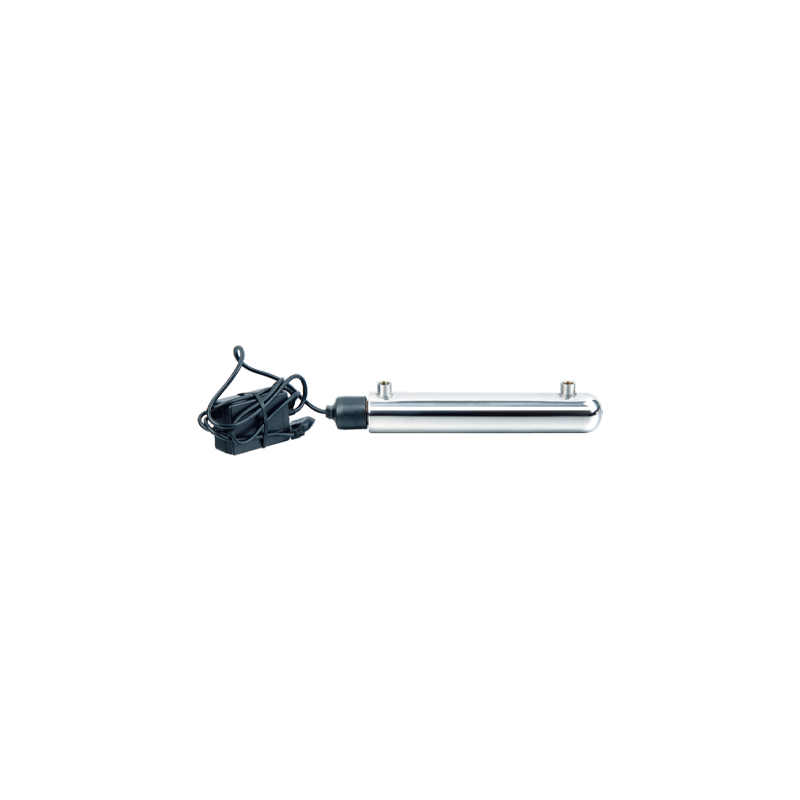 UV11W High-efficiency Intelligent UV Water Sterilizer Cat:Ultraviolet Water Sterilizer
UV11W High-efficiency Intelligent UV Water Sterilizer Cat:Ultraviolet Water SterilizerThe UV11W High-efficiency Intelligent UV Water Sterilizer is an advanced water purification system that offers convenience and reliability. This steri...
See Details -
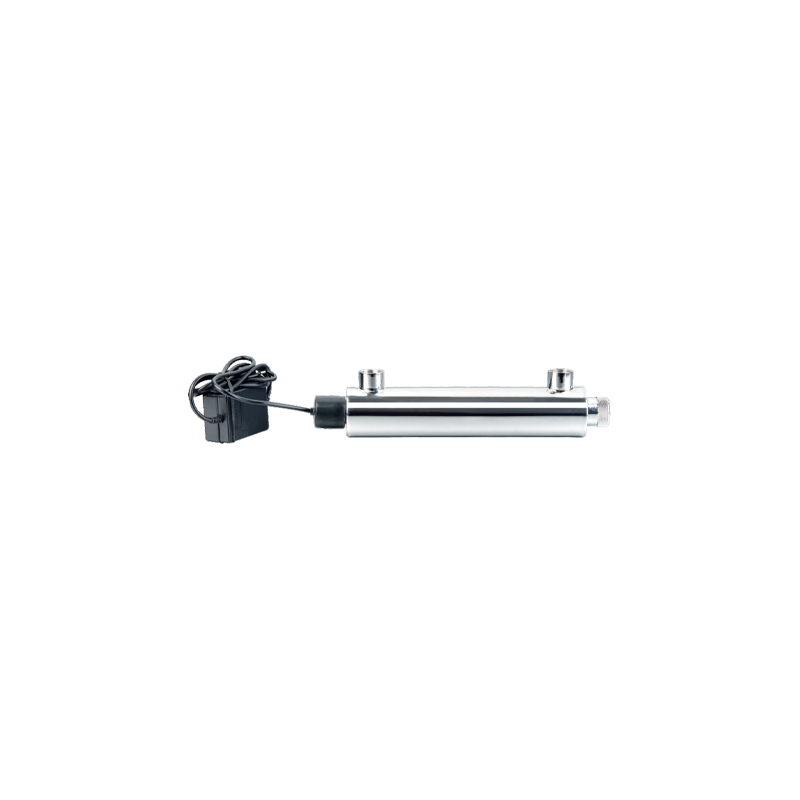 UV16W-A Household Stainless Steel UV Water Sterilizer Cat:Ultraviolet Water Sterilizer
UV16W-A Household Stainless Steel UV Water Sterilizer Cat:Ultraviolet Water SterilizerThe UV16W-A Household Stainless Steel UV Water Sterilizer is an innovative solution for ensuring safe and pure water in your home. Designed with durab...
See Details -
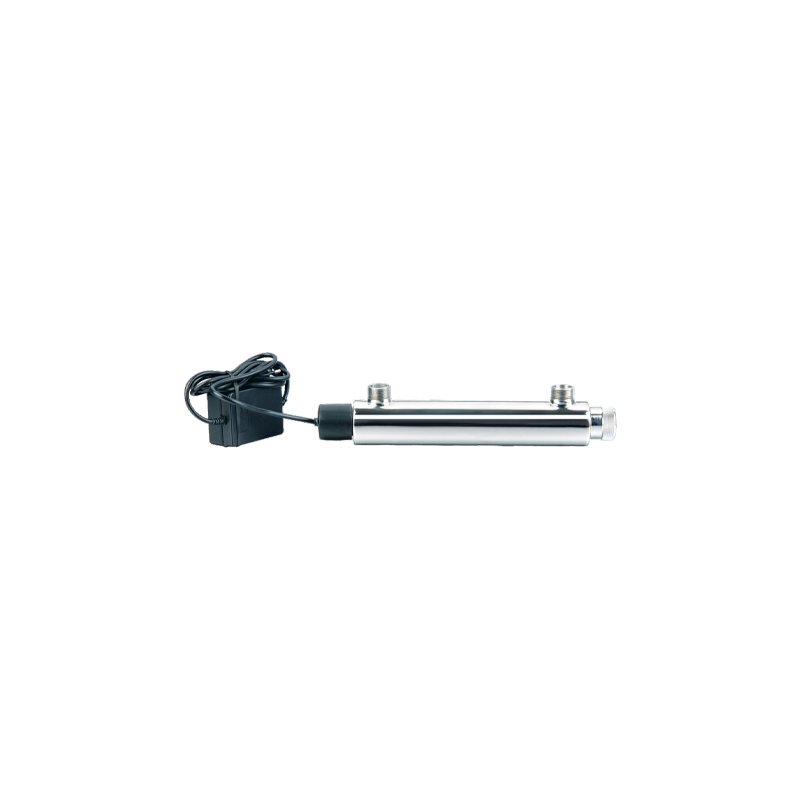 UV16W-B 304 Stainless Steel Water Purifier Ultraviolet Water Sterilizer Cat:Ultraviolet Water Sterilizer
UV16W-B 304 Stainless Steel Water Purifier Ultraviolet Water Sterilizer Cat:Ultraviolet Water SterilizerUV16W-B 304 Stainless Steel Water Purifier Ultraviolet Water Sterilizer is an efficient water treatment equipment based on advanced ultraviolet disinf...
See Details -
 UV25W Stainless Steel Ultrafiltration Pre-Filtration UV Sterilizers For Water Cat:Ultraviolet Water Sterilizer
UV25W Stainless Steel Ultrafiltration Pre-Filtration UV Sterilizers For Water Cat:Ultraviolet Water SterilizerUV25W Stainless Steel Ultrafiltration Pre-Filtration UV Sterilizers For Water uses high-quality stainless steel materials, which have superb corrosion...
See Details -
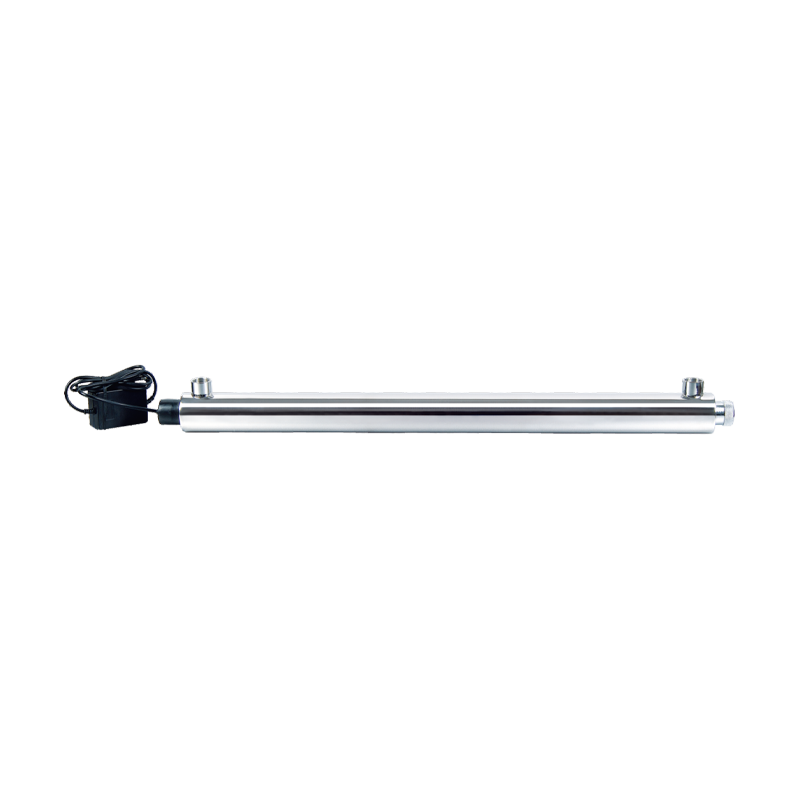 UV30W-55W Automatic Ultraviolet Sterilizer UV Filtration For Drinking Water Cat:Ultraviolet Water Sterilizer
UV30W-55W Automatic Ultraviolet Sterilizer UV Filtration For Drinking Water Cat:Ultraviolet Water SterilizerThe core advantage of UV30W-55W Automatic Ultraviolet Sterilizer UV Filtration For Drinking Water lies in its efficient and rapid disinfection capabil...
See Details -
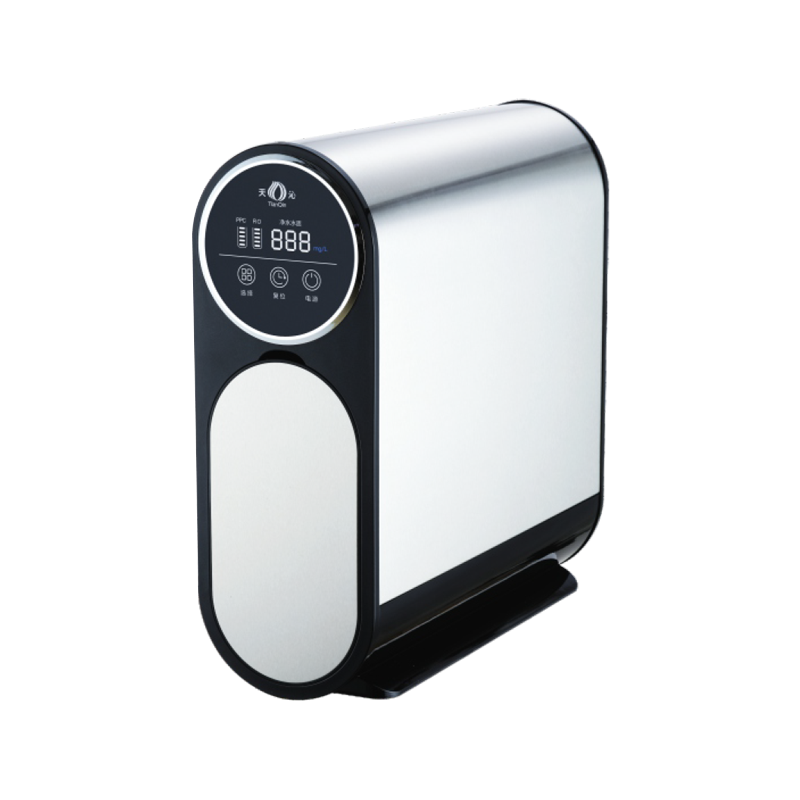 TQ-R03 Stainless Steel Booster Double Water Full Effect RO Water Purifier Cat:Stainless Steel Ro System
TQ-R03 Stainless Steel Booster Double Water Full Effect RO Water Purifier Cat:Stainless Steel Ro SystemTQ-R03 Stainless Steel Booster Double Water Full Effect RO Water Purifier is a household water purification device that combines efficient water purif...
See Details -
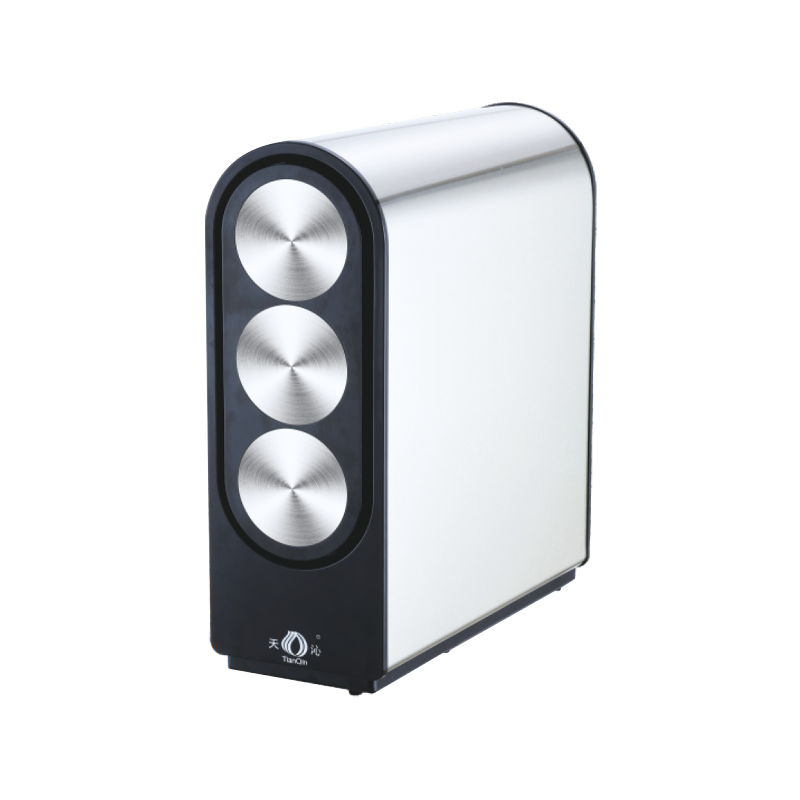 TQ-R05 Multifunctional Water Purification Source RO Water Purifier Cat:Stainless Steel Ro System
TQ-R05 Multifunctional Water Purification Source RO Water Purifier Cat:Stainless Steel Ro SystemThe TQ-R05 Multifunctional Water Purification Source RO Water Purifier is an advanced, versatile water purification solution designed for households a...
See Details -
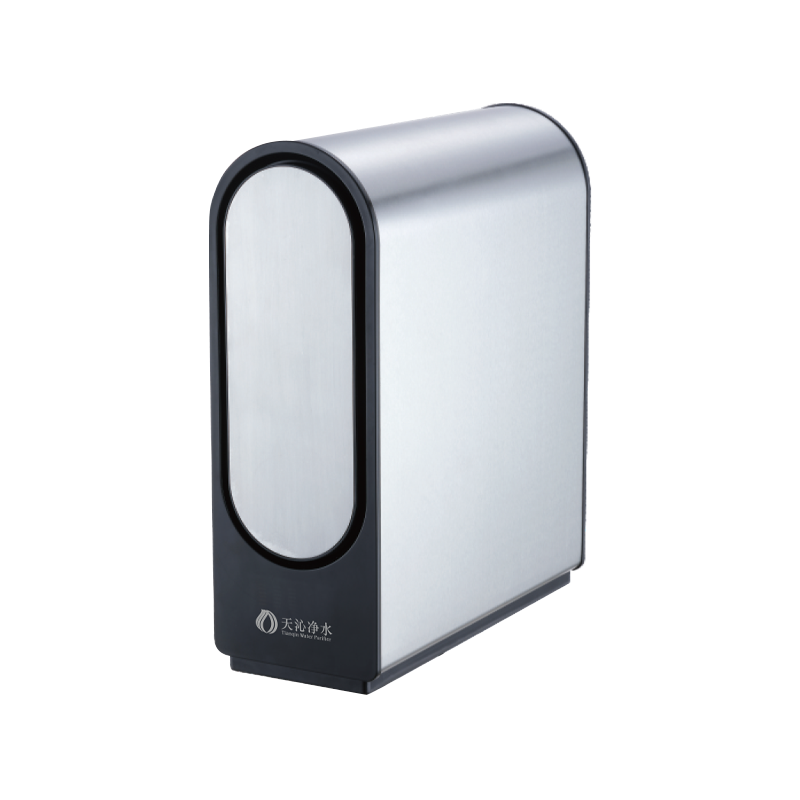 TQ-R06 Stainless Steel Environmentally Friendly RO Water Purifier Cat:Stainless Steel Ro System
TQ-R06 Stainless Steel Environmentally Friendly RO Water Purifier Cat:Stainless Steel Ro SystemThe TQ-R06 Stainless Steel Environmentally Friendly RO Water Purifier combines advanced RO filtration technology, durable stainless steel housing, and...
See Details -
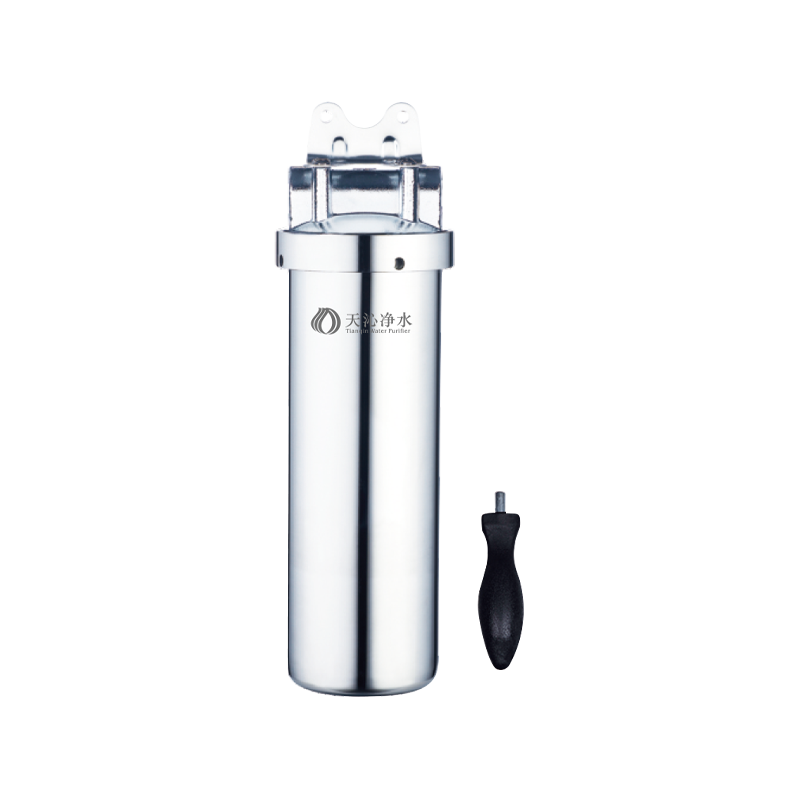 Stainless Steel Pure Double Water Pipe Water Purifier Cat:Stainless Steel Pipeline Water Purifier
Stainless Steel Pure Double Water Pipe Water Purifier Cat:Stainless Steel Pipeline Water PurifierThe Stainless Steel Pure Double Water Pipe Water Purifier is an advanced water purification system designed to provide dual-mode purified water with e...
See Details -
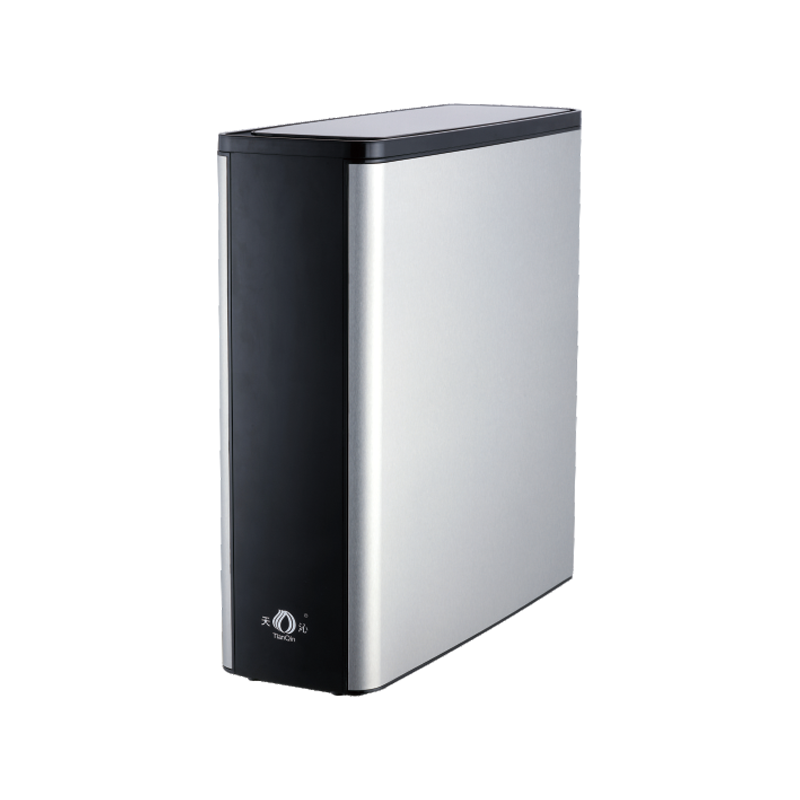 TQ-R08 Stainless Steel High-Flow RO Water Filter Cat:Stainless Steel Ro System
TQ-R08 Stainless Steel High-Flow RO Water Filter Cat:Stainless Steel Ro SystemThe Stainless Steel High-Flow RO Water Filter (TQ-R08) provides a powerful and effective solution for purifying drinking water, combining advanced rev...
See Details
"Water purification in all scenarios" has become a new trend in consumption upgrades: the quality of household water has leapt across the board
With the continuous improvement of quality of life and the general enhancement of health awareness, consumers' attention to household water safety is extending from the "entrance" to the "whole house". In the past, purifying drinking water alone could not meet the diverse health needs of families, and the quality of domestic water such as washing vegetables, washing faces, bathing, and laundry has gradually entered people's field of vision. This trend has promoted the rapid rise of "water purification in all scenarios", becoming a significant feature of current consumption upgrades, and also driving the Household Water Filter industry to a higher level.
"Water purification in all scenarios": more than a cup of water, but a water system for the entire family
In the traditional sense, household water purification refers to the purification of drinking water. Kitchen-centered water purification equipment, such as RO reverse osmosis water purifiers and ultrafiltration water purifiers, have long occupied the mainstream market. However, as the public's understanding of the impact of pollutants such as residual chlorine, heavy metals, microorganisms, and hardness in water deepens, people have begun to pay attention to water quality issues in other water use scenarios throughout the house.
Especially in the following details of life, the quality of water directly affects health:
When taking a bath: residual chlorine in the water will irritate the skin and respiratory tract, especially for infants and people with sensitive skin;
When washing clothes: hard water causes clothes to turn yellow and harden, and even damages clothing fibers and laundry equipment;
When washing ingredients in the kitchen: high-impurity water sources affect the cleanliness of food;
When drinking tea or making coffee: high water hardness will affect the taste and brewing effect.
Therefore, modern consumers are no longer satisfied with a single water purification point, but hope to use a set of systematic solutions to make every faucet flow out clean and safe water to fully guarantee the quality of family life.
Coordinated promotion of diversified equipment, and the gradual formation of a whole-house water purification ecosystem
The realization of "full-scenario water purification" is inseparable from the coordination and cooperation between multiple types of equipment. The mainstream Household Water Filter on the market has built a relatively complete product system:
Pre-filter: installed at the household water pipe, mainly filters large particles such as mud, rust, etc., and is the "first checkpoint" for whole-house water purification;
Central water purifier: processes all cold water supply in the family, filters residual chlorine, odor and medium particles, suitable for daily water use;
Water softener: removes calcium and magnesium ions through ion exchange, reduces water hardness, improves skin and washing experience;
Terminal water purifier (such as RO machine): deeply purifies drinking water, removes heavy metals, bacteria, etc., and makes it drinkable directly;
Bath water purifier: small and installed at the shower head, specially designed to improve the bathing experience, favored by young families and mothers and babies.
Consumers can flexibly configure these devices according to the residential structure and water use habits, realizing the transformation from "point water purification" to "surface water purification" and then to "system water purification".
Consumption upgrade promotes industrial innovation, and brands accelerate scenario layout
With the gradual maturity of consumption concepts, users no longer just pursue price, but pay more attention to whether the product can match their lifestyle. Especially among the new middle class and young families, the call for "scenario customization" has become stronger, which has forced water purifier companies to continuously accelerate technology and service innovation:
From selling products to selling solutions: Many brands no longer only sell a single device, but provide "whole-house water purification one-stop solution", including water quality testing, system planning, installation guidance, filter replacement plan, etc.
Focus on home integration design: Water purification equipment pays more and more attention to the coordination of appearance design and home decoration, and embedded and hidden products are gradually popularized.
Intelligent management: With the help of Internet of Things technology, users can view water quality data, filter life, and even remotely control system operation in real time through mobile phone apps.
This user-centered and scenario-oriented innovation path promotes household water purification products from simple function orientation to smart home ecological integration.
Market demand spillover promotes industry expansion and popularization
"Full-scenario water purification" is not limited to first-tier cities or mid-to-high-end residential markets. As water purification awareness gradually sinks, its influence is also expanding to a wider range of regions and people:
The sinking market opens up new growth space: There is a large demand for improved drinking water and water use in third- and fourth-tier cities and rural areas. Currently, many companies are actively seizing the blank market through channel sinking, e-commerce expansion and small equipment customization;
Engineering projects and B-end markets are working together: schools, hospitals, shopping malls and other public places have also begun to deploy multi-point water purification systems, and water purification products are expanding from C-end families to B-end engineering fields.
The promotion at the policy level cannot be ignored. In recent years, the country has continued to introduce policies on drinking water safety, and local governments have included them in construction plans, which has also indirectly accelerated the popularization of water purification equipment.



 English
English 中文简体
中文简体




